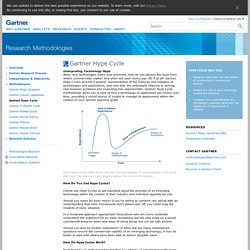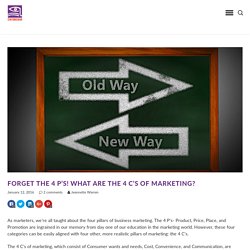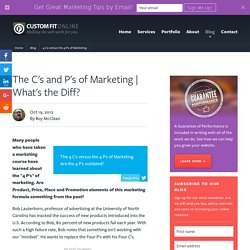

Marketing Emotionnel. Les enfants peuvent apprendre à coder avec Vaiana, la nouvelle heroïne de Disney. Give Advice.
Visual Social Marketing For Dummies - Krista Neher. The Power of Words. Small Business Marketing - 100 Great Call To Action Examples - Marketing Artfully. [Infographie] Le temps d'attention des internautes. Capter l’attention et pousser à l’action - BJMédia. On a très peu de temps pour impressionner des clients potentiels et le Web est plein à craquer d’informations et d’entreprises qui poussent pour se faire voir.
![[Infographie] Le temps d'attention des internautes. Capter l’attention et pousser à l’action - BJMédia](http://cdn.pearltrees.com/s/pic/th/infographie-internautes-98096056)
Les gens sont pressés. La vie va vite. L’internet nous donne tout au bout des doigts, en quelques secondes et notre temps d’attention est de plus en plus court. Dure réalité pour la publicité et les communications. Alors quoi faire? Quelques statistiques sur le temps d’attention des internautes. Capter l’attention du visiteur est primordial.
La difficulté vient surtout du fait qu’il s’agit là d’une affaire de secondes ! – Le guider. . – Le captiver. . – Le retenir. Donner le moyen de passer à l’action à l’internaute : Le call to action Le moyen de “ passer à l’action ” est la plupart du temps représenté par un bouton. Un bon call to action sert de guide et de prise d’opportunité pour le visiteur. Hype Cycle Research Methodology. Interpreting Technology Hype When new technologies make bold promises, how do you discern the hype from what's commercially viable?

And when will such claims pay off, if at all? Gartner Hype Cycles provide a graphic representation of the maturity and adoption of technologies and applications, and how they are potentially relevant to solving real business problems and exploiting new opportunities. Gartner Hype Cycle methodology gives you a view of how a technology or application will evolve over time, providing a sound source of insight to manage its deployment within the context of your specific business goals. Innovation Trigger A potential technology breakthrough kicks things off. PeakExpectations Early publicity produces a number of success stories — often accompanied by scores of failures. Trough of Disillusionment Interest wanes as experiments and implementations fail to deliver. Forget the 4 P's! What Are The 4 C's of Marketing?
As marketers, we’re all taught about the four pillars of business marketing.

The 4 P’s- Product, Price, Place, and Promotion are ingrained in our memory from day one of our education in the marketing world. However, these four categories can be easily aligned with four other, more realistic pillars of marketing: the 4 C’s. The 4 C’s of marketing, which consist of Consumer wants and needs, Cost, Convenience, and Communication, are arguably much more valuable to the marketing mix than the 4 P’s. The 4 C’s of marketing focus not only on marketing and selling a product, but also on communication with the target audience from the beginning of the process to the very end. The 4 P’s focus on a seller-oriented marketing strategy, which can be extremely effective for sales.
To further explain the importance of the 4 C’s, I’ll break them down piece by piece for you. The 4 C's versus the 4 P's of Marketing. The 4 C's versus the 4 P's of Marketing.

Are the 4 P's outdated? Many people who have taken a marketing course have learned about the "4 P's" of marketing. Are Product, Price, Place and Promotion elements of this marketing formula something from the past? Bob Lauterborn, professor of advertising at the University of North Carolina has tracked the success of new products introduced into the U.S. According to Bob, 80 percent of new products fail each year. Consumer wants and needs (vs. You can't develop products and then try to sell them to a mass market. Cost to satisfy (vs. You have to realize that price - measured in dollars - is one part of the cost to satisfy. Convenience to buy (vs. The State of Social Advertising - 4C.